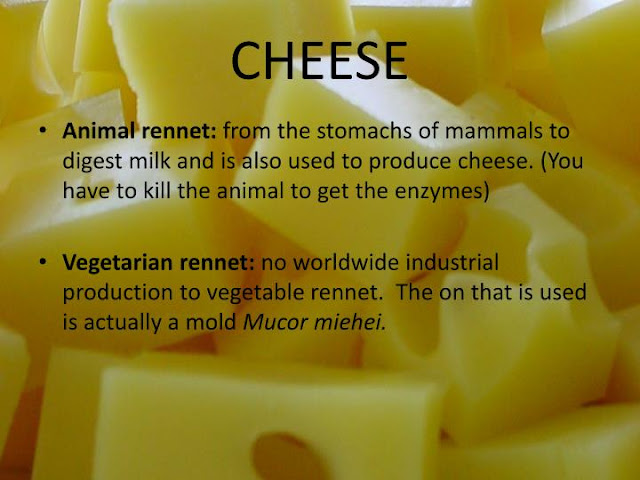What is Microbial Rennet in Cheese?
Cheese is, by far, one of the tastiest foods on the planet. Everything is more delicious when it’s made with cheese: bread becomes America’s favorite food (pizza) when topped with cheese, a burger becomes much tastier when turned into a cheeseburger, and there’s nothing like a slice of cheese cake or cheese pie for dessert!
But have you ever examined the labels on your average package of cheese? There’s the classic ingredients like milk, but there are many more ingredients, all of which play a role in the flavor and texture of your cheeses (and even cheese wedding cakes). Read the label more closely, and you’ll find a few unusual ingredients–including something called “microbial rennet.”
“Rennet” is a coagulant, meaning it’s used to curdle the milk and turn it into cheese. It contains the enzyme rennin, also known as chymosin. But there are a number of types of rennet: animal-derived rennet, FPC rennet, vegetable rennet, vinegar, citric acid, and microbial rennet.
Microbial rennet is a coagulating agent that is produced by live organisms: yeast, fungi, or mold. These organisms are grown in lab conditions, where they can be strictly controlled and monitored. There are both pros and cons to using this type of rennet to coagulate the cheese:
Benefits of Microbial Rennet
It’s cheaper.
Compared to rennet produced from animals, microbial rennet is much cheaper to produce. This means that the cheeses made using microbial rennet can be sold at a lower price.
It’s vegetarian-friendly. This type of rennet is NOT derived from animals, meaning vegetarians are allowed to consume it (provided their diet permits them to consume milk).
It’s bitter.
Cheesemakers have discovered that using microbial rennet can cause the cheese to turn bitter, especially when the cheeses age. It may be more suitable for younger cheeses, but less so for cheeses intended to develop stronger flavors with age.
It’s hard to find. FPC rennet is a new type of microbial rennet produced since 1990, but it’s not “true” microbial rennet. The “true” microbial rennet is now much harder to find.
Health Benefits of Cheese
Is microbial rennet any better than animal-derived rennet? For the average meat-eater, animal rennet is the type most likely to produce quality cheeses. It’s closest to the original “source”, as it comes from the fourth stomach of a cow. However, it’s also more expensive than microbial rennet or FPC rennet, due to the fact that it’s less abundant.
Vegetable rennet comes from plants that contain the specific enzymes that coagulate milk and turn it into cheese. These plants include nettles, the bark of fig trees, and cardoon thistles. On the downside, they make the cheese very bitter, even more so than microbial rennet. The effects of the rennet can also be a bit unpredictable.
Citric acid and vinegar are both interesting types of coagulants. They are often used for ricotta cheese, as the sharp flavor of the vinegar and citric acid helps to enhance the creamy cheese flavor. This type of coagulant is most commonly used for heat-precipitated curds, and they are a true vegetarian option. However, the fact that the flavor is noticeable means it can’t be used for all cheeses.
Understanding the difference between these types of rennet goes a long way toward understanding exactly what goes into the food you eat. Just like you would learn what types of grapes are used to produce your favorite wines, it’s an equally good idea to learn what type of ingredients are used in your favorite cheeses! Cool. What is Microbial Rennet in Cheese?
What is Microbial Rennet in Cheese Video ? :






